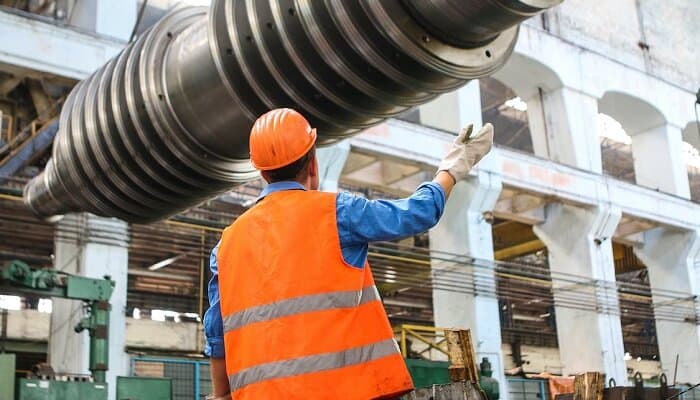From buildings to transmission towers, bridges, and even offshore platforms, steel sections are employed in a wide range of modern-day construction projects. The strength and rigidity of the structure in question, as well as its safety during construction largely depend on the method used to connect the various steel sections together.
Basically, the connection of choice should be strong enough to withstand wind, weight, vibration, seismic activity, and other forces that the structure may be exposed to over its use or lifespan.
Whether you have an upcoming construction project or simply love to stay informed, read on. Below are five options for connecting structural steel sections that you’d love to know about.
1. Brackets and Tackle Plates for an Easy Install
When connecting structural steel sections, brackets and tackle plates can provide an easy installation, especially for beams and columns. These are often used in the form of a cleat or corner joint to connect two pieces at right angles, bolting them together with fasteners at precise locations.
The best thing about this option is that you may require only a few tools to make a perfectly secure hold. They also don’t take up too much space on crowded job sites, which could help enhance construction site safety. They can also be adjusted as needed when making repairs or replacing sections down the line.
2. Box Bolts: The Latest Structural Connection Innovation
Box bolts are the latest innovation for connecting structural steel sections and provide numerous advantages over traditional methods. These advanced systems recognize that beams can be subject to more dynamic loading conditions, so stronger connections need to be made without compromising on build time or adding unnecessary extra weight.
Box bolting simplifies installation by using two large counterbored (“male and female”) nuts screwed together, with a solid washer inside them. This provides an incredible level of sturdiness when tightened firmly against the base plates of each part.
3. Plate Joints for Added Strength
A big aspect of making sure structural steel sections are secured is strength. To ensure maximum stability, plate joints can be a great option. Using plate joints involves welding brackets or plates to each steel section, and bolting them together with nuts and bolts in combination.
The combination is usually tailored to the exact product geometry and loading conditions. It’s one of the best options for structures that need the ability to hold in all weather conditions and under heavy loads.
4. Cut-Out Connections to Keep Things Light & Secure
Cut-out connections are ideal for when it is imperative to keep the weight of a structure to a minimum, whilst still upholding construction safety standards. To create the cut-outs in the section’s flanges, a plasma cutter or similar tool is typically used.
The structural elements are then connected using high-strength bolts, routed through corresponding holes on each surface, and secured tightly with washers and nuts.
This technique also allows greater flexibility later down the line as individual bolts can be tightened or loosened without having to dismantle an entire frame or structure. This comes in handy if damage occurs or replacement is needed during maintenance work.
5. Reinforce with Angles for Maximal Load Bearing Capacity
When added support is needed to maintain structural stability, angles can be used in addition to the other connection systems mentioned above. These are especially useful for long-span beams, as they will help to prevent the spread and distortion of their cross-section under load.
Angles can be connected with both welding and bolting to provide extra reinforcement and make a structure safer. However, in areas where vibrations or corrosion are expected, then connections made solely through welds are best advised. This is because welded connections won’t necessarily weaken as fast as bolts would over time – unless they happen to rust out.
In summary, there are many different ways to connect a structural steel section to another during a construction project, some of which aren’t mentioned above. Whether you choose bolted connections, use connector plates, or opt for welded connections, the best option for you will largely depend on your project, structural strength, and safety needs.


